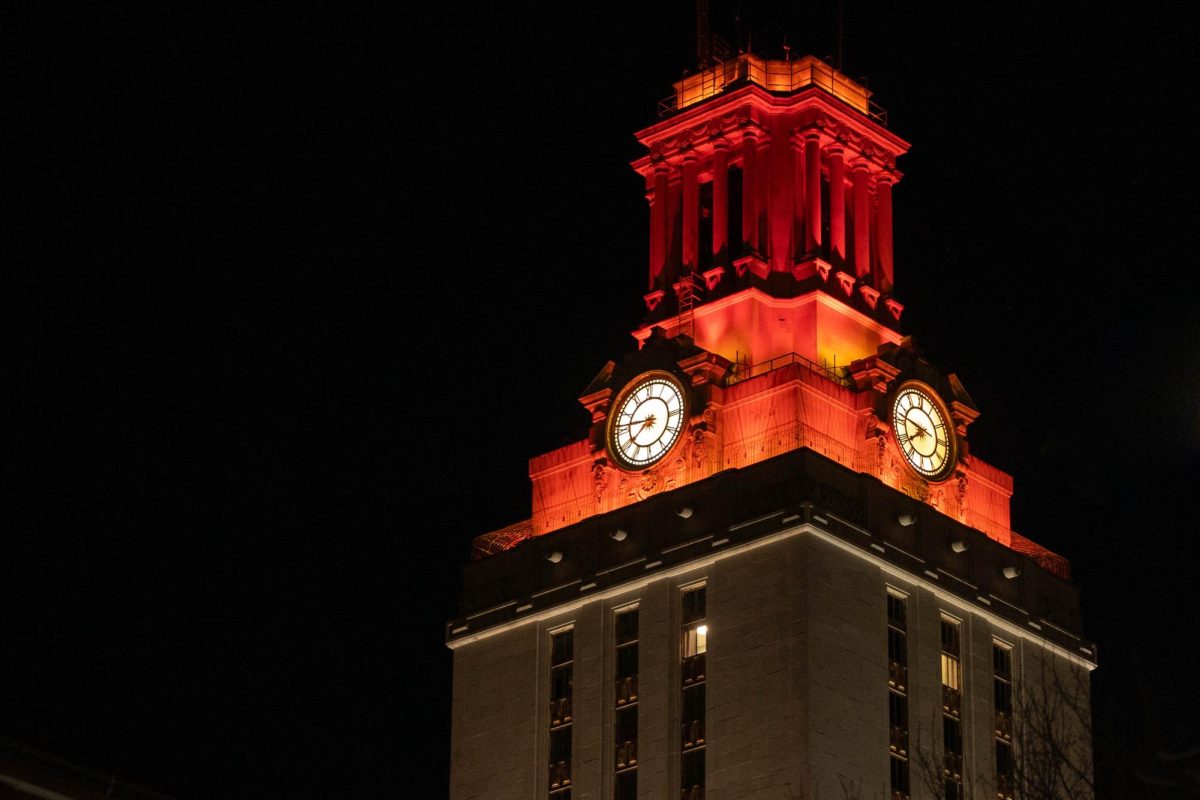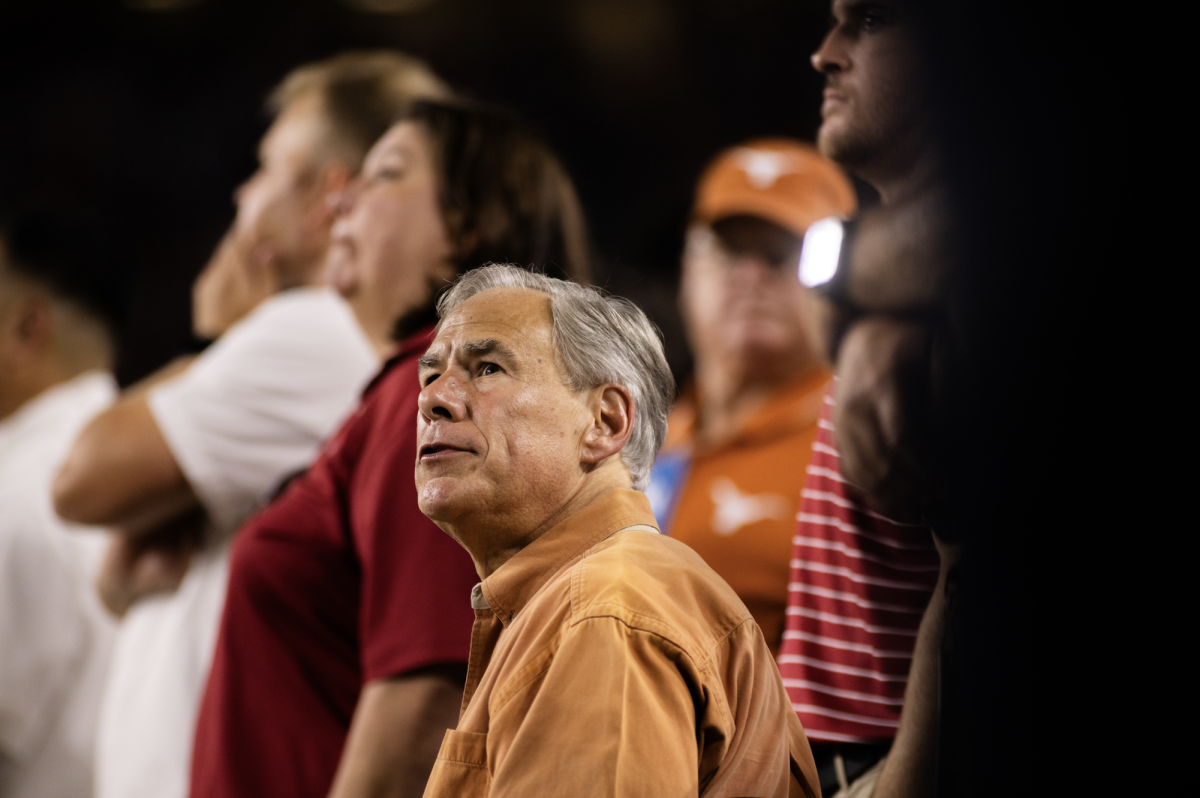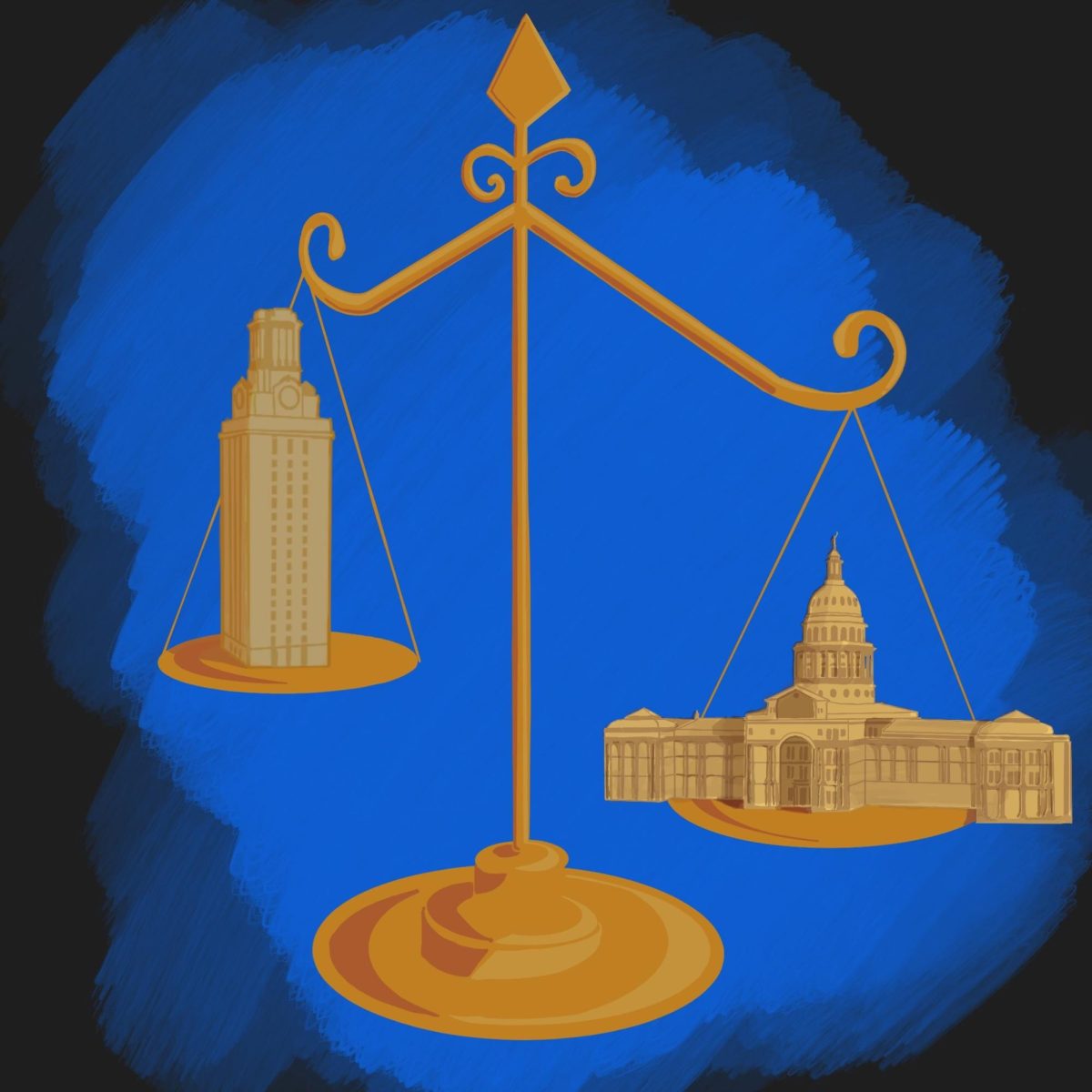UT’s very own supercomputer, Lonestar 5, helped aerospace engineering professor Clint Dawson track Hurricane Harvey’s movements.
The supercomputer, located at the Texas Advanced Computing Center, consists of a series of central processing units that share information. CPUs are what control and carry out computer operations. Researchers all over the U.S. come to use the technology for data such as medical analysis, structural engineering and weather forecasts, according to Dawson.
Dawson said supercomputers are faster and able to process more information than standard machines.
“You solve a lot more problems in a lot less time by distributing information across all the CPUs as the simulation runs,” Dawson said.
Dawson explained that the National Hurricane Center first generated a consensus from a collection of forecast models before sending the information to the supercomputer. Using the consensus, Dawson and his team converted the information into their own model.
“Basically we generate what is called a storm search,” Dawson said. “It gives us our own model of how the hurricane is pushing up the coast and detailed water heights over the entire coastal area.”
The model Lonestar 5 generated is given to agencies such as the Texas Division of Emergency Management and the Texas State Operations Center.
“The model helps these agencies determine where to ship supplies so they can go ahead and start recovery.” Dawson said.
After learning about the role that Lonestar 5 played in tracking Hurricane Harvey, computer science junior Andrei Jaume said he is amazed by how much technology can be used to solve human problems.
“Without technological forecasts, it would be impossible to predict the intensity of the hurricane,” Jaume said. “I think it’s especially important to concentrate recovery efforts at where they’re needed the most in order to maximize the efficiency of the rescue.”
Jaume said he is also surprised by UT’s advanced resources.
“This supercomputer is one of the most powerful machines in the United States,” Jaume said. “It’s pretty cool to have it right near campus. It’s also nice to know that UT is able to support its community.”
Physics freshman Vania Santos’ family was stranded by Hurricane Harvey in San Antonio for the past weekend. She said it was critical to keep recuse efforts informed through technology.
“I’m glad the supercomputer helped the state government set up a network of assistance,” Santos said. “A lot of times it’s not that there aren’t resources, but people don’t know how to distribute them.”
Santos said she is interested in civil engineering, which also uses computational models to alleviate natural disaster aftermaths.
“Harvey made me realize how relevant this field is to real world problems,” Santos said.



















